Related
Summary
Peanutsis cognise for its heartwarming , gentle sense of humor – which is why it might surprise devotee to learn that Godhead Charles Schulz was fabulously competitive by nature . This lead him toview the laughable industry as a " fight " to dominate the aid of newspaper reader on a day - to - day foundation , something he did for much of thefive decadesPeanutswas in publishing .
David Michaelis ' comprehensive account of the artist ’s life and piece of work , Schulz and Peanuts : A life , detail Schulz ’s surprisingly adversarial posture toward other cartoons , and cartoonists . It also project that his criticisms of other artists stemmed from the same origin as his own motive to systematically produce the full work possible .
As much asPeanutscan beconsidered the greatest comic landing strip of all time , its bequest is a outcome of Schulz ’s unrelenting effort to make every single strip the best it could be . At the same time , his need to be the best resulted in him viewing the medium through an intensely competitive lens .
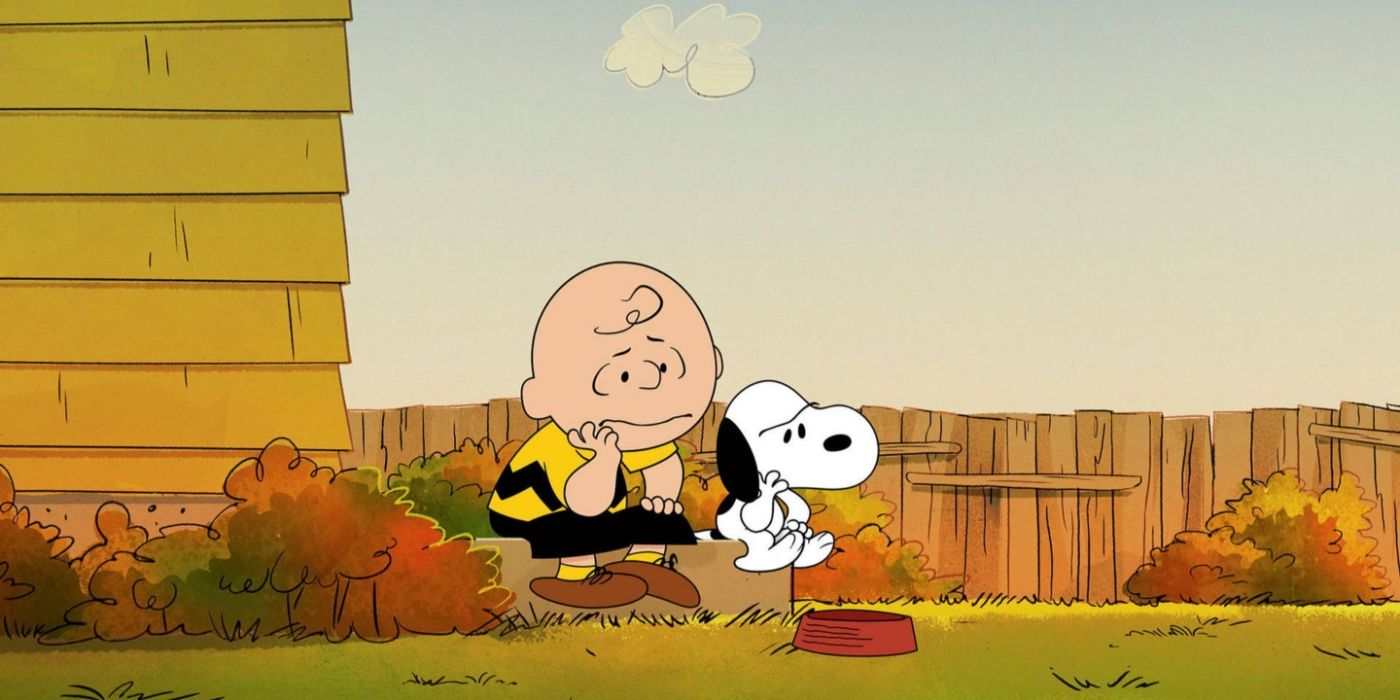
While Peanuts may look felicitous and shiny on the surface , beneath the cutesy illustrations lie some dark moments from the crew and their beagle chum .
Charles Schulz Considered Every Day A “Fight” For Readers' Attention
The Funny Pages Were A “Competitive Arena”
Charles Schulz was a pioneer build in the comic metier , but when others start to find alike succeeder along the trail that he blaze , he became defensive of his stance at the top of the manufacture .
David Michaelis’Schulz and Peanutsis expansive , in the style of the best biography . It effectively steep readers in its field ’s taradiddle , crafting an in - depth account of Charles Schulz ’s worldview , while also deftly pilot how he was comprehend , and how he plan himself to others . A great object lesson comes from the book ’s description of the creative person ’s view of the comic industriousness , in which it is tell that he :
… view the comic pages as a competitive arena where , as he consider it , " each cartoonist fight down for care .
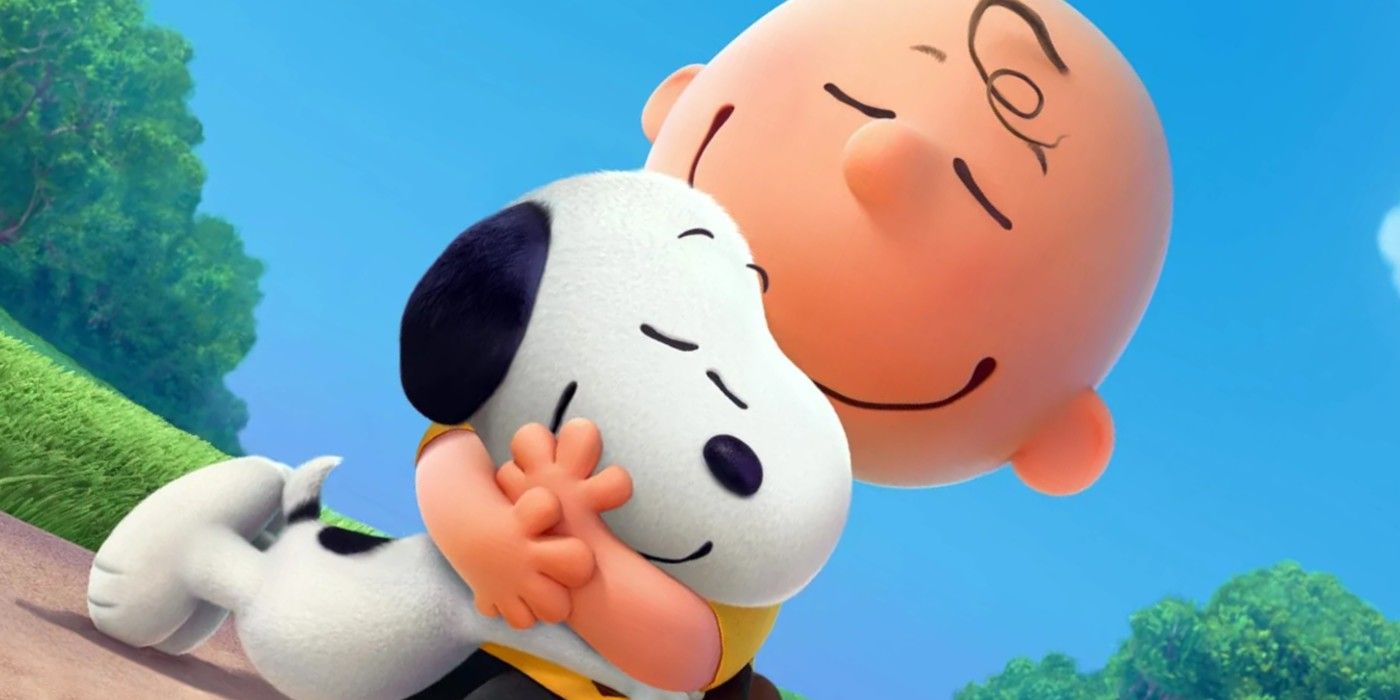
This may storm some readers , study the message ofPeanuts , but it goes far toward explainingCharles Schulz ’s decades of dominance in the comic medium .
Michaelis then quoted generator Cathy Guisewite , who spoke to how Schulz approached other comics , who said :
He read his rival ' strips " the manner all cartoonist do , depend to see if they won , if they beat everyone else that solar day , " recalled cartoonist Cathy Guisewite , who once watched Schulz study the Sunday funnies in theSan Francisco Chronicle . " He liked to gain on the page . "
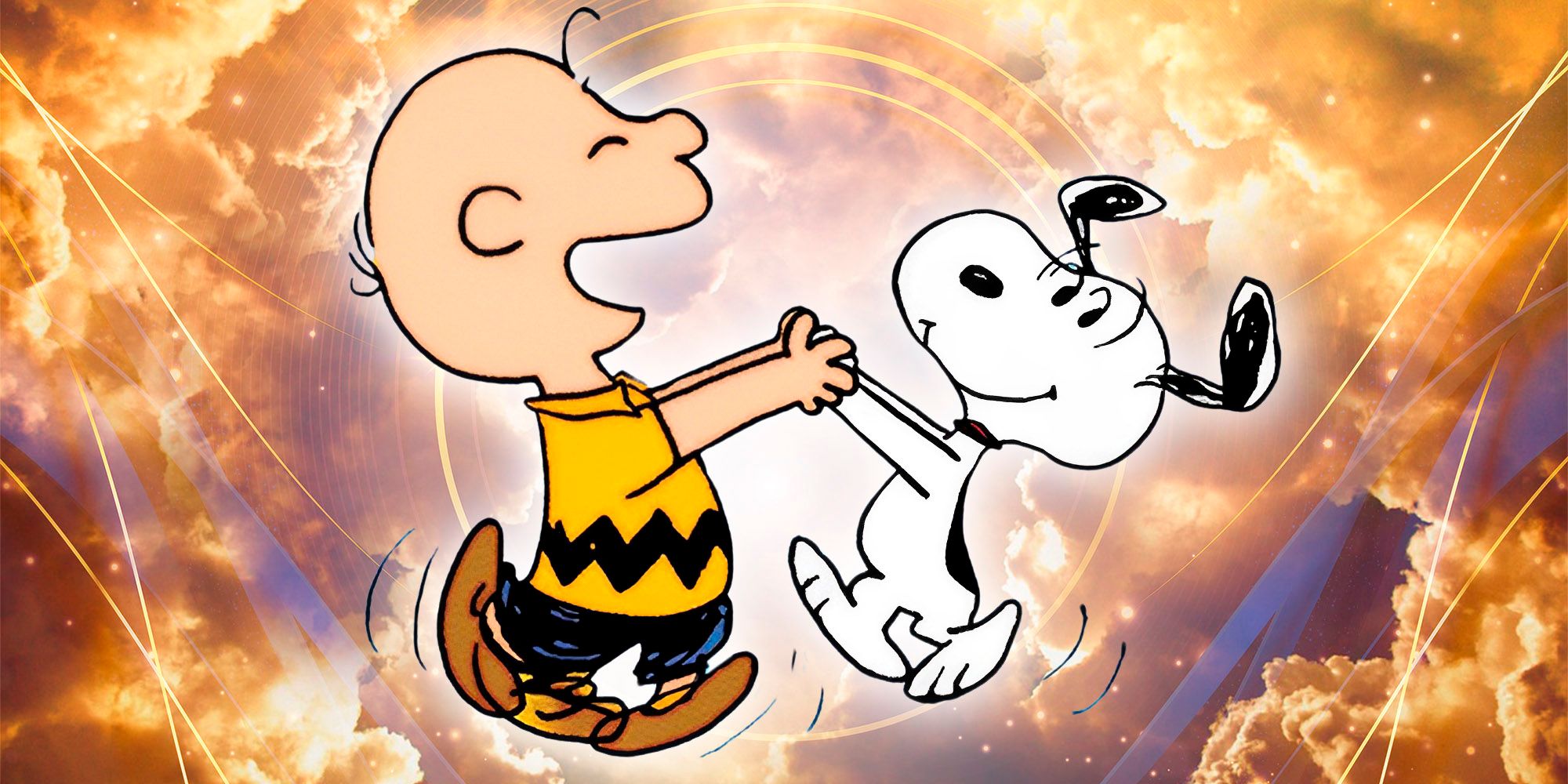
It is interesting that Schulz ’s fellow generator assign his mental attitude toward his peers as something mutual to " all cartoonists . " However , other passages throughoutSchulz and Peanutsmake it clear that it was also , to a magnanimous degree , an extension of the artist ’s personal militant streak . Charles Schulz was a pioneering figure in the comic medium , but when others start to incur similar succeeder along the lead that he blazed , he became justificatory of his position at the top of the industry .
Cathy Guisewite is the creator of the funny stripCathy , which was published in syndication from 1976 through 2010 .
This defensiveness made him a harsh critic of many other cartoon , andresulted in a complicated relationship between Schulz and many of his contemporaries , even the ones that he had a wise man - similar human relationship withto some level or another . As described inSchulz and Peanuts , the artist had become habitual to being the top cartoonist in the country duringPeanutsfirst several 10 . When he began to have serious rivalry for readers ' attention , it was from a generation of creators raised on his workplace , grateful for his influence , and often seeking his guidance – which he was at time hesitant to give .
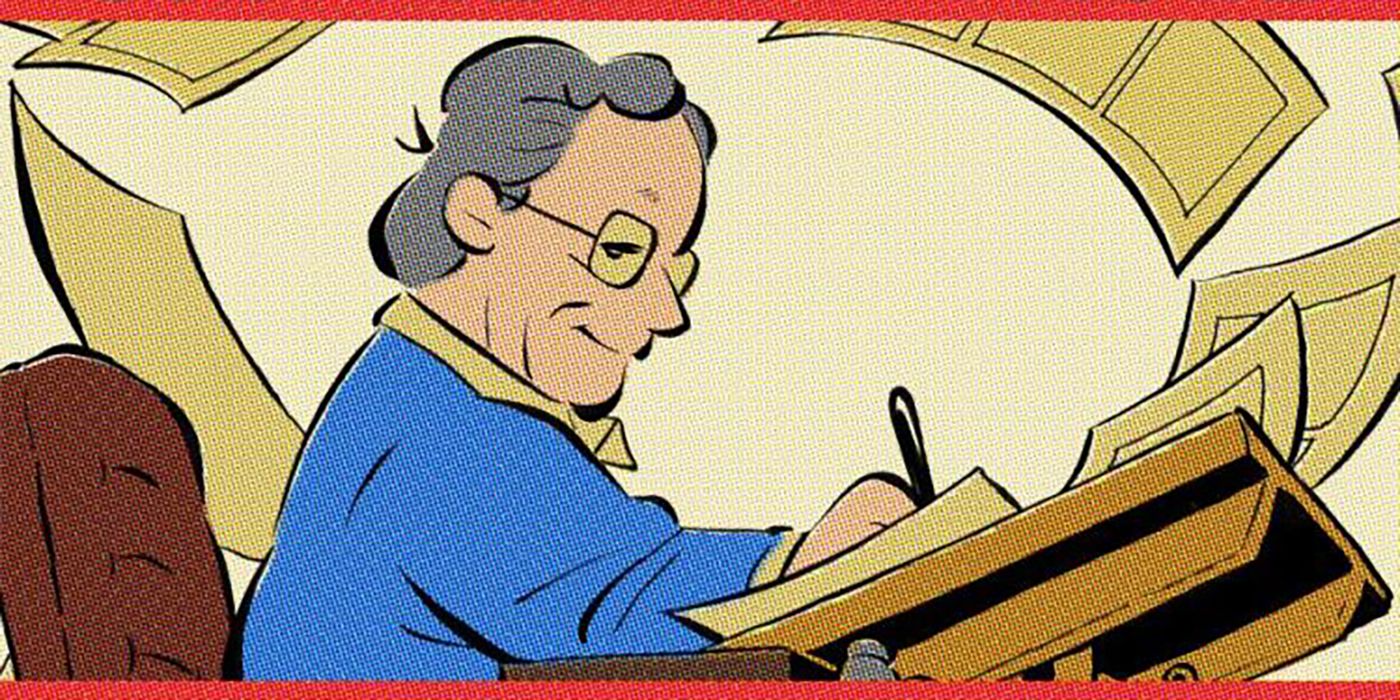
Charles Schulz Deeply Competitive Nature Shaped Charlie Brown’s Character
A Proxy For His Creator’s Fear Of Failure
to succeed , it is often necessary to have a deep - seated fear of failure – something that , for Charles Schulz , manifest on the pageboy in his protagonist Charlie Brown , one of the most iconic failures in literary history .
For Charles Schulz , " win " was not just a issue of commercial winner , nor was it aboutestablishingPeanutsas the all - time greatestin the mass medium . or else , it was a daily battle – a rival that could be won or lost with every single amusing strip he produced . As explain inSchulz and Peanuts :
It was not enough that he had “ revolutionise the art form , deepen it , fill up it with hypothesis , giving permission to all who followed to write from the heart and intellectual , ” as Garry Trudeau point out . It did not matter that he achieved a winner of dreamlike dimensions , or that Peanuts had been the most democratic comic for years in newspaper reader ’ polls . Schulz had to get the better of everyone else on the comics page every daylight .
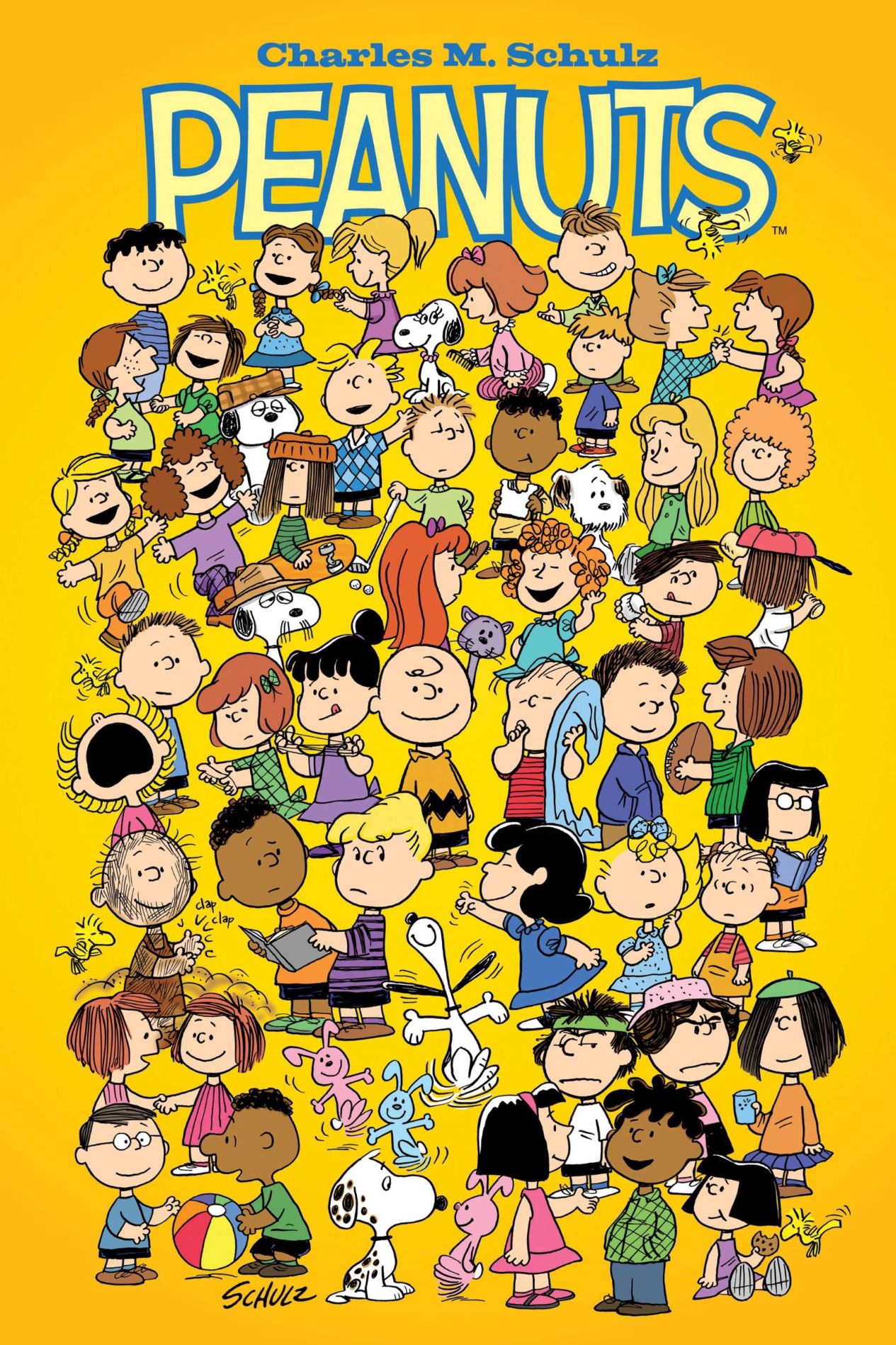
Created by Charles M. Schulz, Peanuts is a multimedia franchise that began as a comic strip in the 1950s and eventually expanded to include films and a television series. Peanuts follows the daily adventures of the Peanuts gang, with Charlie Brown and his dog Snoopy at the center of them. Aside from the film released in 2015, the franchise also has several Holiday specials that air regularly on U.S. Television during their appropriate seasons.
triumph , in other words , was a matter of being the best slip on the pageboy any founder Clarence Shepard Day Jr. – and to Schulz , he was the ultimate umpire of lineament when it came to paper strip .
Michaelis further quote Schulz as state : “ In the thing that I do best , which is soak up a comic strip , it is significant to me that I win . ” To Schulz , there was nothing subjective about what he did , and the winner and loser of a day ’s funny page seemed like a all the way - cut matter to him . It is a manner of looking at artistry that does , true , seem at odds with the worldview ofPeanuts , the one that yield Schulz the success that he would afterwards so fiercely protect . However , upon closer examination , Schulz ’s drive to succeed is patent in the slip in subtle ways .
After all , in edict to come through , it is often necessary to have a cryptical - seated fear of loser – something that , for Charles Schulz , manifested on the page in his protagonist Charlie Brown , one of the most iconic failures in literary account . Though he work diligently to givePeanutsa " timeless " and " innocent " tone , Schulz ’s anxieties , feelings , and ideas about lifewere regularly trickle through the lens his characters , and his averting to failure is among the most potently represented across the corpus ofPeanutsas a whole .

Garry Trudeau is the Godhead ofDoonesbury , which entered publication in 1970 , with new comics still released to this day . Famously , Trudeau won a Pulitzer Prize forDoonesburyin 1975 – and perhaps infamously , Charles Schulz hated the strip for its economic consumption of overtly political humor .
Charles Schulz’s Creative Determination Led To A Five-Decade Career
He Refused To Quit
Not only did Schulz resist giving up direct creative control ofPeanuts , he was always " consciously striving to be a well cartoonist , " even at the height of his game . In essence , this was what kept him manoeuvre at such a eminent level for so long .
Schulz and Peanutsauthor David Michaelis effectively sums up the unyielding nature of Charles Schulz ’s artistic movement by highlighting that , at a certain point in his life history , he did n’t call for to keep drawingPeanuts . Michaelis write :
As the Almighty of the most widely syndicated sketch on the planet , read by 5 percent of the world ’s literate universe and watched in animated TV specials by more than 4.4 billion viewers over the previous twenty - five years , [ Schulz ] could have maintain his presence at the top just by hiring a team of assistant to ring change on his theme , but instead he made a strict point of getting himself to the draft board every morning and consciously strain to be a better cartoonist .
Not only did Schulz refuse make up unmediated creative control ofPeanuts , he was constantly " consciously strive to be a skillful cartoonist , " even at the altitude of his game . In essence , this was what kept himoperating at such a high levelfor so long .
It was this constant impulse to be at the top , for Charles Schulz , that gave his career meaning . Had he not draw near cartooning with such a competitive mentality , he might very well have retired from cartoon decennary beforePeanutsended with his destruction in 2000 . The striptease could have continued in his absence , but it would n’t have been what it once was – and that was something Schulz could not abide by . Not when he felt he could still out - perform every other comic creative person in America .
ForPeanutsfans , learning about Charles Schulz ’s fight offers append context for understanding his work . Whatever the disconnect between the art and the artist might be , it is worth explore the creative mind that produced one of themost influential , long - running serial works of fictionof the preceding century . Knowing that his motivation was often to last out ahead of his " competition " swan a new light on the humorPeanuts , allowing it to be revisited and reinterpreted from a different perspective , something that is always worthwhile .
Source : Schulz and Peanuts : A life
Created by Charles M. Schulz , Peanuts is a multimedia system franchise that began as a comical strip in the 1950s and eventually expanded to let in films and a television serial . Peanuts follows the everyday escapade of the Peanuts work party , with Charlie Brown and his domestic dog Snoopy at the gist of them . away from the pic released in 2015 , the franchise also has several Holiday special that air regularly on U.S. Television during their appropriate seasons .